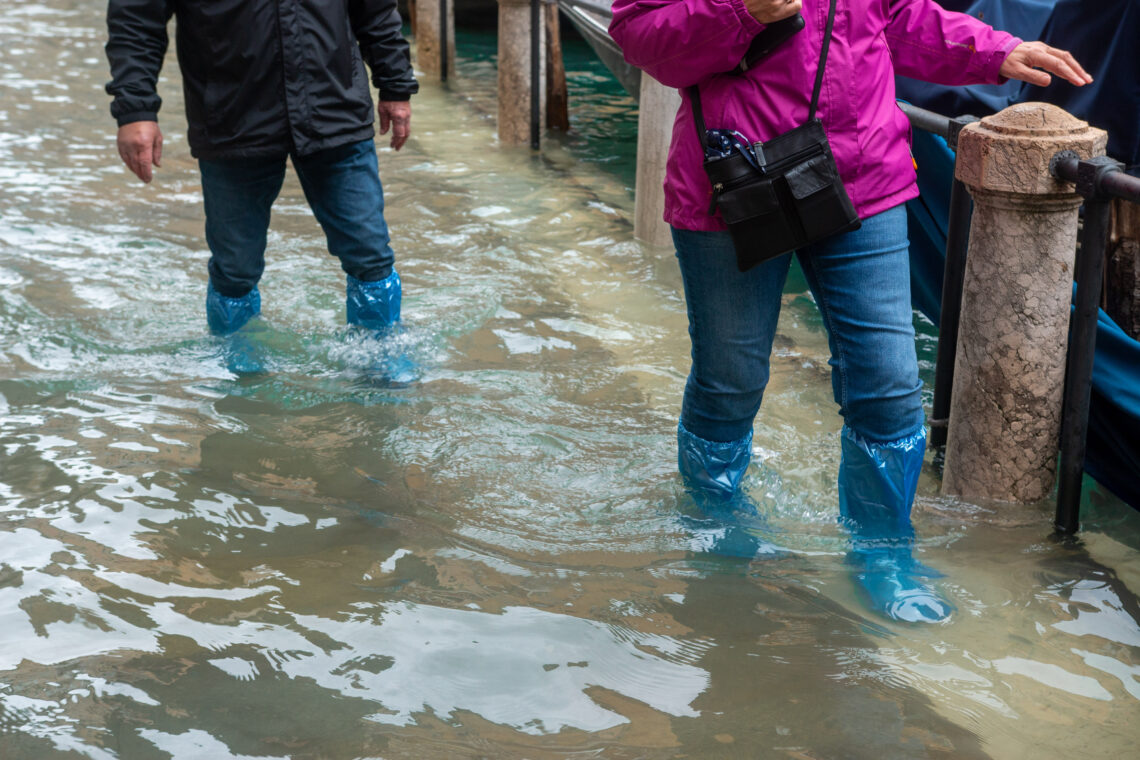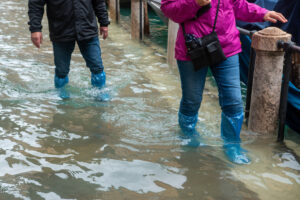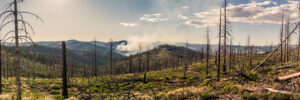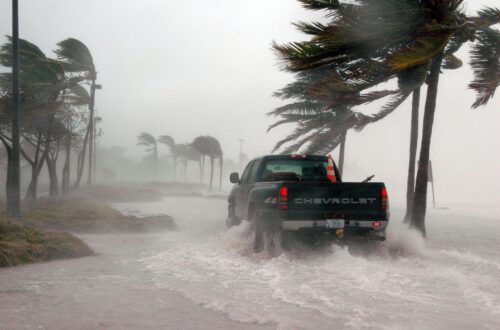
Natural Disasters – Health Issues Beyond the Immediate Disasters
The world has always experienced natural disasters, but they are coming at us faster and harder since we’ve started record keeping. We’re experiencing record wildfires, rainfalls, hurricanes, tornadoes, floods, and droughts. And with those disasters come health issues that can last long after the events seem like a distant memory.
Earlier this year, we wrote about preparing for a natural disaster, but we decided we should discuss a few of the illnesses or injuries that can result from them once the urgent danger has passed.
Floods
We know about the immediate dangers of floods. These include objects hidden under the water and flowing debris that could hit people. There can even be frightened animals (or animals that live in water, like some snakes, or alligators if you live in Florida!). But what are some of the other issues that should concern us?
Contaminated water
Flood waters contain sewage and microbes (germs) that are dangerous to your health and could cause infections if swallowed or inhaled. Even just touching the water or a contaminated surface and bringing your hand to your mouth could transmit microbes, which could be bacteria, viruses, fungi, or parasites. If not treated, infections can become very serious, possibly causing sepsis. Some microbes can also linger for up to several months on contaminated surfaces.
As in all natural disasters, you also have to ensure that your water supply is safe. It would be smart to assume unless told otherwise by your local government officials. Flooding can often contaminate water supplies, sending harmful microbes through your taps.

The state of Connecticut has some helpful information on its site on how to stay safe after a flood. Some might be obvious, such as wearing protective boots and gloves when cleaning up after a flood, but they also offer advice like what to do with your garden produce and if your children and pets are safe if they play in your yard.
After a flood recedes, homes and businesses can have hidden damage in which mold can grow. Mold can be dangerous. According to the United States Environmental Protection Agency (EPA), “Molds have the potential to cause health problems. Molds produce allergens (substances that can cause allergic reactions), irritants, and in some cases, potentially toxic substances (mycotoxins). Inhaling or touching mold or mold spores may cause allergic reactions in sensitive individuals.”
Flood water can also weaken structures. The movement of the water itself is powerful. After the water is gone, sediment and wet soil can remain along a building’s structure, causing more pressure and possible damage. If you step on a walkway or floor that has been weakened by the water, it could break, causing you to fall from a big height, or making you trip and injure yourself.
Homes, schools, and public buildings should be inspected after flooding to ensure they are structurally safe and free of mold. The Centers for Disease Control and Prevention (CDC) has a page, Clean Up and Remediation for resources.
Fires
The images in the media of recent fire devastation are shocking. Like with flooding, there are immediate dangers (burns and frightened animals, for example), but unlike floods, the effects of those fires can reach far beyond the locations where the actual damage occurred.

Unlike other natural disasters, the effects of wildfire smoke can spread for hundreds of miles. We saw that this year when fires from Northern Canada caused such dramatic skies in many U.S. cities. What makes wildfire smoke particularly dangerous is that it contains tiny particles that can enter deep into your lungs when you breathe in. This can cause immediate problems, such as coughing and wheezing, as well as worsening conditions like asthma and heart disease. According to a paper published in 2016, visits to emergency departments for breathing problems increase significantly when there is wildfire smoke in the area.
Long-term, the particles can irritate and damage the lungs if you are exposed repeatedly. This might not have been a concern a few years ago when fires were few and far between, but more frequent wildfires will mean more frequent exposure. Experts also worry about how the particles may affect our immune system over time. Will we become more susceptible to respiratory infections like the flu?
Protecting yourself from inhaling wildfire smoke may be easier said than done. Staying inside with windows and doors closed is the first step. Wearing a special mask will also help. The EPA offers this Wildfire Smoke Fact Sheet that explains how to choose and use a respirator. As well, the University of British Columbia published this article, 10 tips for coping with wildfire smoke, from a public health expert. You might want to watch a video I recorded a while ago on how to protect yourself if you’re area is under a wildfire smog alert. Consider purchasing a hepa filter to run in your home if you are susceptible.
Lastly, safety in shelters
Regardless of the type of emergency, if you have had to flee your home. Many communities have shelters or evacuation centers to help their citizens during natural  disasters. While these locations can provide you with a safe space and food to eat, you still need to take some precautions to stay as safe as possible. If possible, the shelter should screen people who may be ill with infections like influenza. This way, they can be separate from others. You could help protect yourself by washing your hands thoroughly after using the bathroom, before preparing or eating food, and whenever they are dirty. Soapless hand sanitizers will do the trick if soap and water are hard to access. You could also wear a mask to help protect you from respiratory viruses.
disasters. While these locations can provide you with a safe space and food to eat, you still need to take some precautions to stay as safe as possible. If possible, the shelter should screen people who may be ill with infections like influenza. This way, they can be separate from others. You could help protect yourself by washing your hands thoroughly after using the bathroom, before preparing or eating food, and whenever they are dirty. Soapless hand sanitizers will do the trick if soap and water are hard to access. You could also wear a mask to help protect you from respiratory viruses.
Staying healthy during an emergency and its aftermath can be challenging. But by being aware of the dangers, you can go a long way towards protecting yourself.
Disclaimer
The information in this blog is provided as an information and educational resource only. It is not to be used or relied upon for diagnostic or treatment purposes.
The blog does not represent or guarantee that its information is applicable to a specific patient’s care or treatment. The educational content in this blog is not to be interpreted as medical advice from any of the authors or contributors. It is not to be used as a substitute for treatment or advice from a practicing physician or other healthcare professional.


